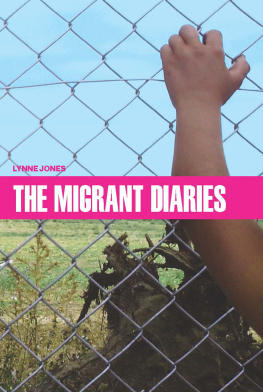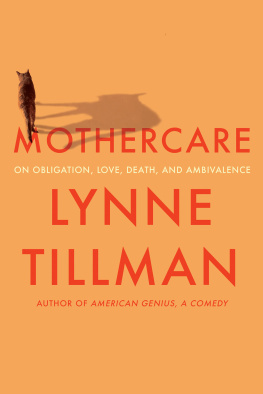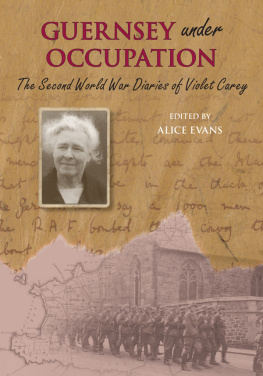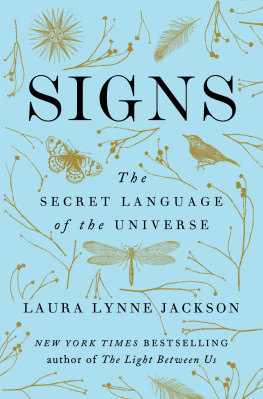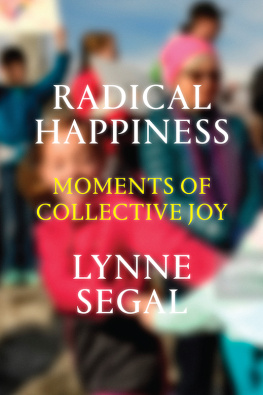Copyright 2020 by Lynne Jones
All rights reserved.
Published in the United States by The Refuge Press
www.refugepress.com
The Refuge Press shares the registered trademark of The Center for International Humanitarian Cooperation, of which it is a part.
No part of this book may be reproduced or utilized in any form or by any means, electronic or mechanical, including photocopying and recording, or by any information storage and retrieval system without permission in writing from the publishers.
ISBN#13: 978-0-8232-9699-6 (Hard Cover)
ISBN#13: 978-0-8232-9698-9 (Paperback)
ISBN#13: 978-0-8232-9700-9 (ePub)
ISBN#13: 978-0-8232-9701-6 (WebPDF)
Cover and book design: Mauro Sarri
Cover image: Abdullah (age 9)
Printed in the United States of America.
Acknowledgements
Some of the material in these Diaries was first published in Outside the Asylum: A Memoir of War Disaster and Humanitarian Psychiatry published by Weidenfeld & Nicolson in 2017. I would like to thank them for permission to reuse it. I would like to thank the Lancet and Elsevier for permission to reuse material that appeared in Borderlands, published in July 2017. I am also grateful to the FXB Center for Health and Human Rights at Harvard University for publishing some of these diaries on their website. Thank you to the Rights and Opportunities Foundation for continuously supporting my work in the migrant crises in Europe and Central America. Many other people have helped me in numerous ways.
Thanks to Ahmad Alsalmo; Hiba Alsalmo; Giorgos Anastoulis; Mahmoud Alhossary; Bushra Al Khayat; Dalia Al Sharkawi; Yara Amparo Lpez Lpez; Giorgos Anastoulis; Luis Arriola Vega; Bashar Ayob; Yanira Chica; Maureen Jane Condon; Ed Cotton; Enrique Coraza de los Santos; Mark Cousins; Sebastian Dempf; Caia Fallowfield; Rowan Farrell; Soori Gharedaghi; Cindy Gonzalez Malo; Benoit Grancier; Maddie Harris; Ben Harrison; Housam Jackaly; Daniela Kriov; Eivor Lgreid; Hannah Lindner; Broeder Johannes Maertens; Shizuka Maruta; Elizabet Monzn Glvez; Tracey Myers; Mohsen Naeem; Dina Prior; Luke Pye;Tom Radcliffe; Phoebe Ramsay; Alex Reyna; Don Rito; Cristina Robledo Cossio; Nour Shehada; Sarah Story; Panagiotis Tzannetakis; Jeffrey Utter; Heather Wurtz. Thanks also to the volunteers and staff in all of the following organisations: LAuberge des Migrants, France; Refugee Womens Centre, France; Danish Refugee Council, Greece; Drop in the Ocean, Greece; International Medical Corps, Greece; AccoglieRete, Italy; Caritas, Italy; Terre des Hommes, Italy; Comit Estratgico de Ayuda Humanitaria, Mexico; Help Refugees, UK, France and Greece; Indigo Volunteers, UK.
I would also like to thank the many friends who wish their names to be anonymous, particularly the individuals, children and their families who chose to share their stories. I continue to learn and to be inspired by their courage and grace under pressure. More childrens stories, pictures, and film can be found on the website: migrantchildstorytelling.org. I should emphasize that these are personal diaries, and any mistakes or inaccuracies in the relating of events are my own.
Thanks to Brendan Cahill, at Refuge Press, for his enthusiasm for this book and Johanna Lawton for scrupulous editing and Mauro Sarri for design.
Finally, special thanks to my husband Asmamaw, my companion in so many of these journeys and a constant support in my work.
Introduction
The full horror of the human tragedy unfolding on the shores of Europe was brought home on Wednesday, as images of the lifeless body of a young boyone of at least 12 Syrians who drowned attempting to reach the Greek island of Kosencapsulated the extraordinary risks refugees are taking to reach the west.
Guardian, 2 September 2015
Reacting to yesterdays news that almost 150 people have drowned in the Mediterranean and around the same number have been returned to Libya by the Libyan Coastguard, where they risk indefinite detention, Massimo Moratti, Research Director for Europe at Amnesty International, said: This high number represents a new low for European leaders. They have done everything they can to pull up the drawbridge to Europe; withdrawing Search and Rescue Operations; criminalising NGO rescue boats; cooperating with the Libyan coastguard, and yet people are still risking their lives to come to Europe.
Amnesty International, 26 July 2019
Twelve people have died while Malta and Europe were watching. We should never forget that these deaths are the direct result of Maltas and Europes non-assistance policies, and their clear intention to let people die at sea. These deaths could and should have been prevented. The survivors are all still in detention cells, including the toddler and baby, at Tripolis Tariq al-Sikka, where, according to lawyers and charities, they have no access to medical treatment, or sufficient food and water.
Guardian, 19 May 2020
Three-year-old Alan Kurdis death captured Europes imagination in the Autumn of 2015. The media coverage led to an outpouring of support for those seeking refuge in Europe. Germany had already opened its borders, and, over the course of that year, allowed over one million people to enter.
I started working with migrants arriving in Northern France that same Autumn of 2015. After some twenty years of establishing mental health programmes in emergencies across the globe, including East and West Africa, Central America, and the Middle East; the emergency now appeared to be on my own doorstep. Since then, I have continued to work in different hotspots in France, Italy, Greece, and in Mexicowhere a similar crisis plays out on the US border. Over these five years, I have watched as the initial welcome and compassion shifted to indifference, and sometimes overt hostility towards all those seeking refuge, driven by negative media stereotypes and a European and US leadership that either embraces, or is intimidated by, the racism of the far right. Meanwhile, the conflicts and desperate circumstances that drive this flight have become background noise to domestic preoccupations.
I kept these diaries, publishing some as online blogs, because I wanted to show what its like to be caught up on the front lines of the migrant crises in Europe and Central America, either as a person in flight, or as a volunteer.
Why diaries? I love diaries, both as a reader and a writer. For a reader, diaries provide a sense of immediacy, explaining how things happened at that moment in timewhat people felt, thought, said and did. As a writer, this is what I strive to capture, so that my readers can time travel in history. The diary format provides an honest, completely personal account. It provides continuity in the present tense, which allows readers to accompany me and directly witness how people and situations change and evolve, rather than have them summarised through retrospective analysis, with hindsight thrown in for good measure.
I have tried to throw a spotlight on the human dimension of the migrant crisis allowing particular people and places to come to life. I wanted to increase our understanding of who migrants are, what forces them to take such extraordinary risks in travel and put up with so much uncertainty and ill-treatment.
Secondly, I wanted to document the emergence of a new kind of humanitarianism that challenges the professional models that have framed my own working life. The large international agencies, both UN and NGO, with the exception of Medecins Sans Frontieres (MSF) and Medecins Du Monde (MDM), were for the most part, largely absent in the earlier part of this crisis. Two groups stepped into the void. One was the migrants themselves. In the absence of outside support, they started taking care of themselves, often in astonishingly creative ways. The other was unpaid volunteers who arrived from all over the world, many with no previous humanitarian experience. Over the course of time, both groups have come together to create new ways of working that, in many respects, appear more egalitarian and empowering than old models.

